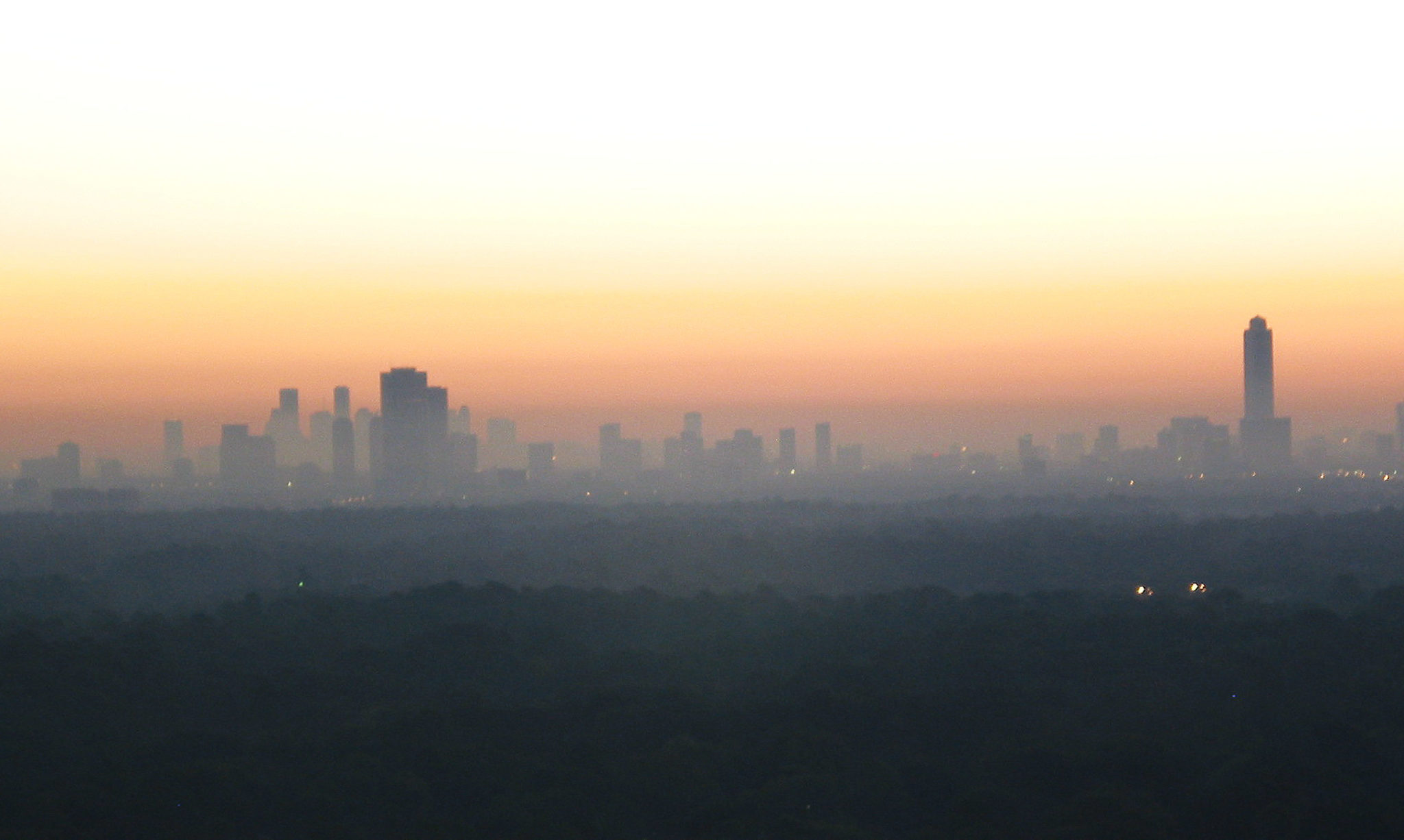
Oil and Gas Smog Projected to Cause 140,000 Asthma Attacks in Kids
Emissions from the oil and gas industry will be responsible for a number of negative health effects in 2025, according to the environmental group Clean Air Task Force.


Update: The Texas Commission on Environmental Quality’s spokesperson, Andrea Morrow, said in an emailed statement that the authors of the report did not cite the sources of data for staff to fully evaluate the report. The report also failed to take the agency’s steps to reduce emissions from the oil and gas industry into consideration, she said.
Smog formed as a result of oil and gas pollution will send more than 300 Texans to the emergency room, cause over 140,000 asthma attacks in children and result in about 105,000 missed school days in 2025. That’s according to a new report published Wednesday that modelled future oilfield emissions and their projected health effects.
Published by the environmental nonprofit Clean Air Task Force, the study found that three Texas metropolitan areas — Dallas-Fort Worth, Houston and San Antonio — would be among the top 10 U.S. cities with the highest number of asthma attacks in 2025. Nationally, the group’s researchers attributed more than 750,000 asthma attacks in children and 2,000 ER visits in 2025 to breathing smog formed as a result of oil and gas activity.
“It’s the first report that quantifies the national health impacts from ozone produced by pollution from the oil and gas industry,” said Lesley Fleischman, a technical analyst at the Clean Air Task Force and lead author of the report. “It is very important to understand the health impact that this pollution is having both in the vicinity of oil and gas facilities but also far downwind of those facilities.”
Ozone — a primary component of smog — is formed when volatile organic compounds, nitrogen oxides and other pollutants such as methane combine under specific atmospheric conditions. Those pollutants are emitted from oil and gas facilities but are also generated by vehicles and power plants.
In order to isolate respiratory health problems attributable to the oil and gas industry, researchers first used a computer model to estimate asthma attacks during a five month period in 2025 when ozone levels are typically high if the oil and gas industry continued to emit pollutants. They then compared the negative health outcomes under this scenario to one in which there were no emissions from the oil and gas industry.
Texas is among the highest emitters of methane, a heat-trapping pollutant and contributor to smog formation. According to an August report by the Texas Commission on Environmental Quality, 21 counties in the state did not meet federal standards for ozone in 2015. The polluted areas include big urban centers such as Houston and Dallas as well as cities without much oil and gas activity such as El Paso and Austin.
Fleischman said the high incidence of asthma attacks in cities with little or no oil and gas activity was a result of pollutants being carried hundreds of miles from their sources. Larger populations in cities also mean a higher number of asthma cases, she said.
The report comes amid the state’s fight to roll back federal regulations that would limit pollution of smog-forming pollutants and top environmental regulators’ insistence that higher smog levels do not necessarily lead to worse public health outcomes. Late last year, Texas Attorney General Ken Paxton announced that the state would challenge EPA rules lowering the acceptable levels of ozone. Texas has also filed a lawsuit against another EPA rule that aims to reduce methane pollution from new oil and gas facilities.
“In this regard, Texas stands alone,” said Alan Septoff, communications director for the environmental group Earthworks, which co-released the report with the Clean Air Task Force. “We don’t have a great expectation that the state of Texas is going to enact regulations to deal with this, but that makes the argument for federal regulations by the EPA all the more important.”
A spokesperson for the Texas Commission on Environmental Quality said the agency needed time to review the report and did not have comments at the time of publication.


